Danger derailed
Train derailments in Ohio could affect SHS
Crash site recovery operations in East Palestine, Ohio. The team responded quickly to the event on Feb. 3
On Feb. 3, a Norfolk Southern freight train derailed in East Palestine, Ohio. This train contained extremely hazardous chemicals, including vinyl chloride and butyl acrylate, which were found to have leaked into the surrounding air, soil and water. Butyl acrylate specifically can cause dizziness, nausea, headaches and vomiting. The immediate cleanup response was to burn the chemicals in the crash in order to lessen their negative environmental impact.
Due to mass coverage of the event, people all over the country have growing concerns about the environmental and infrastructural consequences. However, the science suggests that the direct effects, at least in Indiana, may not be as major as some may fear.
“This particular spill response has gotten the most attention and interest of any spill we’ve ever seen,” said Executive Director of the Ohio River Valley Water Sanitation Commission Richard Harrison. “And I believe a lot of that was because of the social media interest and maybe some disinterest that occurred to service because of incorrect messaging that folks put out there that just wasn’t accurate.”
Almost 362 miles from Indianapolis in East Palestine, many residents have fled their homes and, according to CNN, some of those who returned have experienced health complications like rashes, nausea, sore throats and headaches, which could be due to breathing in or coming in contact with the chemicals released from the explosion.
Lia McTrustry is a junior at East Palestine High School and had to evacuate with her friends on the night of the spill. She didn’t think the situation would be so impactful until her friends told her that the air wasn’t safe to breathe in.
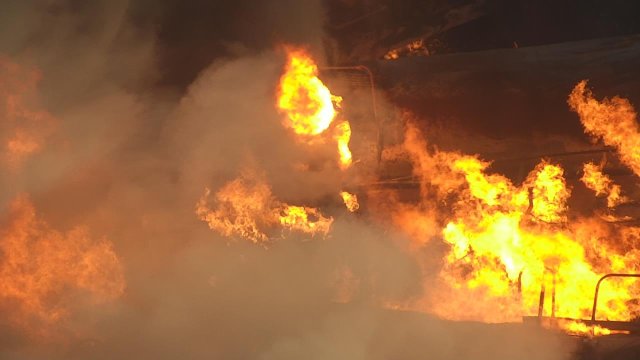
“I was terrified,” McTrustry said. “I hadn’t realized what I was really leaving my family with as I drove to the next small town over to stay the night. I broke down when I found my family was evacuated that night and all of my animals were still home.”
There are four streams in East Palestine that flow into the Ohio River, meaning it’s almost certain that the same chemicals that are affecting McTrustry have made their way into the river. Harrisons research and sampling focused on one chemical in particular: butyl acrylate.
Harrison says that when sampling for butyl acrylate in the river after the derailment, the highest concentration was found to be five parts per billion. The Agency for Toxic Substances and Disease Registry considers the concentration harmful at 560 parts per billion, which is over 100 times higher than what was found in the sample.
“By the time (the chemicals) got to Northern Kentucky and Cincinnati, it was below one part per billion,” Harrison said. “We couldn’t even quantify it in the equipment.”
Due to the distance between Southport and the Ohio River, it isn’t likely that there will be a very significant direct impact on SHS and the community through drinking waterways. Harrison wants to express that, since completing the science, the main health risks won’t be found in the drinking water supply, at least in areas outside of East Palestine.
Although the drinking water is most likely safe, Indiana residents are concerned about the possibility of a landfill in Putnam County accepting toxic waste from the scene. According to The Indianapolis Star, the landfill has a ‘history of violations’ and, according to WTHR, Indiana Governor Eric Holcomb doesn’t approve of the decision and lack of communication on the matter. However, much like in the Ohio River, the levels of butyl acrylate in the waste is significantly lower than what is considered harmful.

For environmental science teacher Rachel Brunsell, the concern is with future effects rather than immediate. Over 40 percent of U.S. seafood is caught in the Gulf of Mexico, and the chemicals currently flowing in the Ohio River will eventually reach the Gulf of Mexico.
“Most people that eat seafood don’t look to see where it’s coming from …,” Brunsell said. “I would definitely be staying away from seafood from the Gulf of Mexico for a while.”
Harrison disagrees and says that the concentration of chemicals is so low that once the river does reach the Gulf, the impact on seafood wouldn’t be harmful. However, it may take a full decade for a full assessment on the situation to be made.
Both Harrison and Brunsell are concerned about the media coverage and misinformation on the tragedy, but for opposite reasons. Harrison says that inaccurate media coverage has caused unnecessary worry in populations where the impacts will most likely be minute.
“We heard people in Buffalo were concerned and they were reporting that their water was safe,” Harrison said. “… Whether there will be small impacts from the remnants, I guess that remains to be seen. There’s a lot of research that has to occur.”
Brunsell, on the other hand, is worried that the full extent of the spill isn’t being reported properly after journalists have been fired and even arrested for how they have handled the situation.
“There have been journalists who have tried to report on these things and have been fired,” Brunsell said. “So I feel like there’s at least some cover up that’s happening.”
McTrustry says that they have been focusing on official news and government reports rather than social media posts that could be “questionable” and cause more panic than is already present. There is still unrest in her hometown, but they hope that everything will be under control as soon as possible.
“I think (the) majority of our town is in a state of shock, my family and I included,” McTrustry said. “We’re all just hoping things go back to normal soon.”

Hey there! My name is Sophie Barker, and I can’t believe I’m a senior this year! I’m taking a position back in writing this year for the Features...








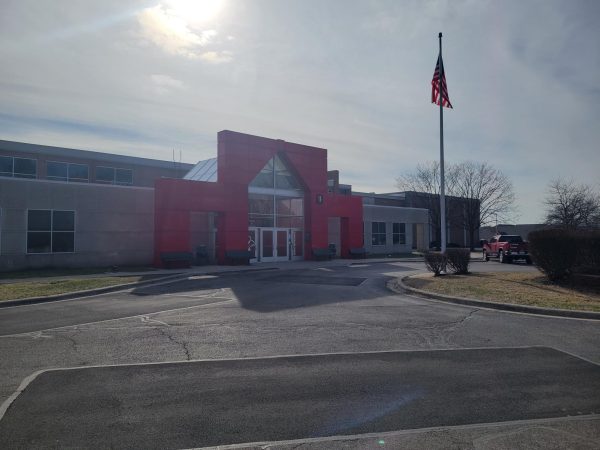
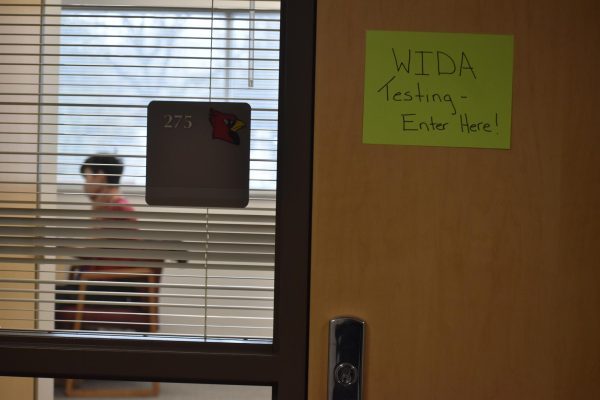
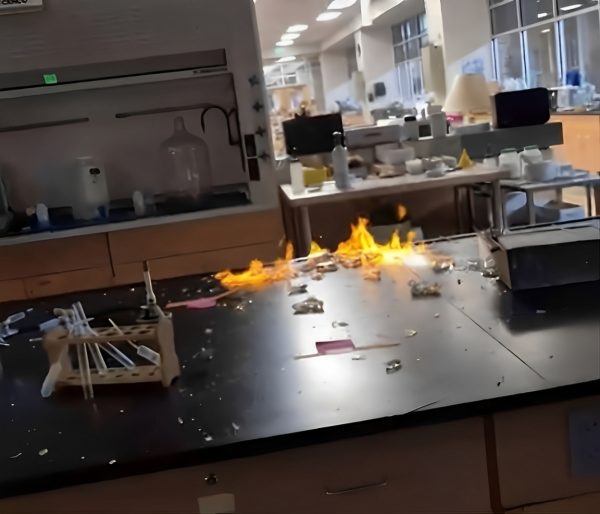

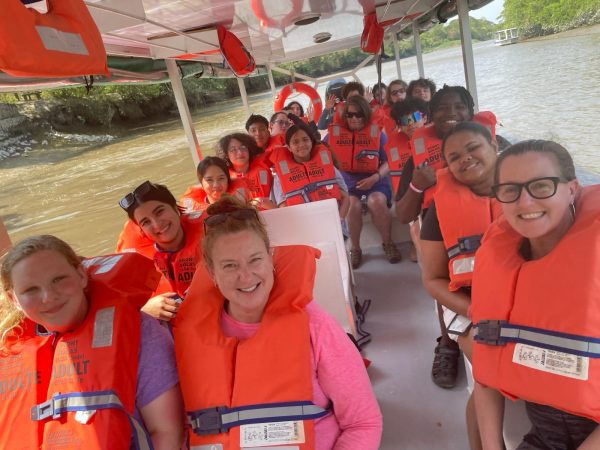


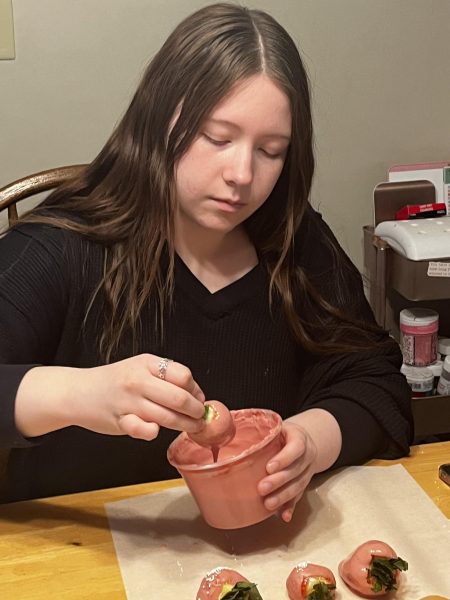
Clara Oesterling • Mar 16, 2023 at 1:04 am
Awesome article! Very informative and well written. Great job breaking national news down to a local level.